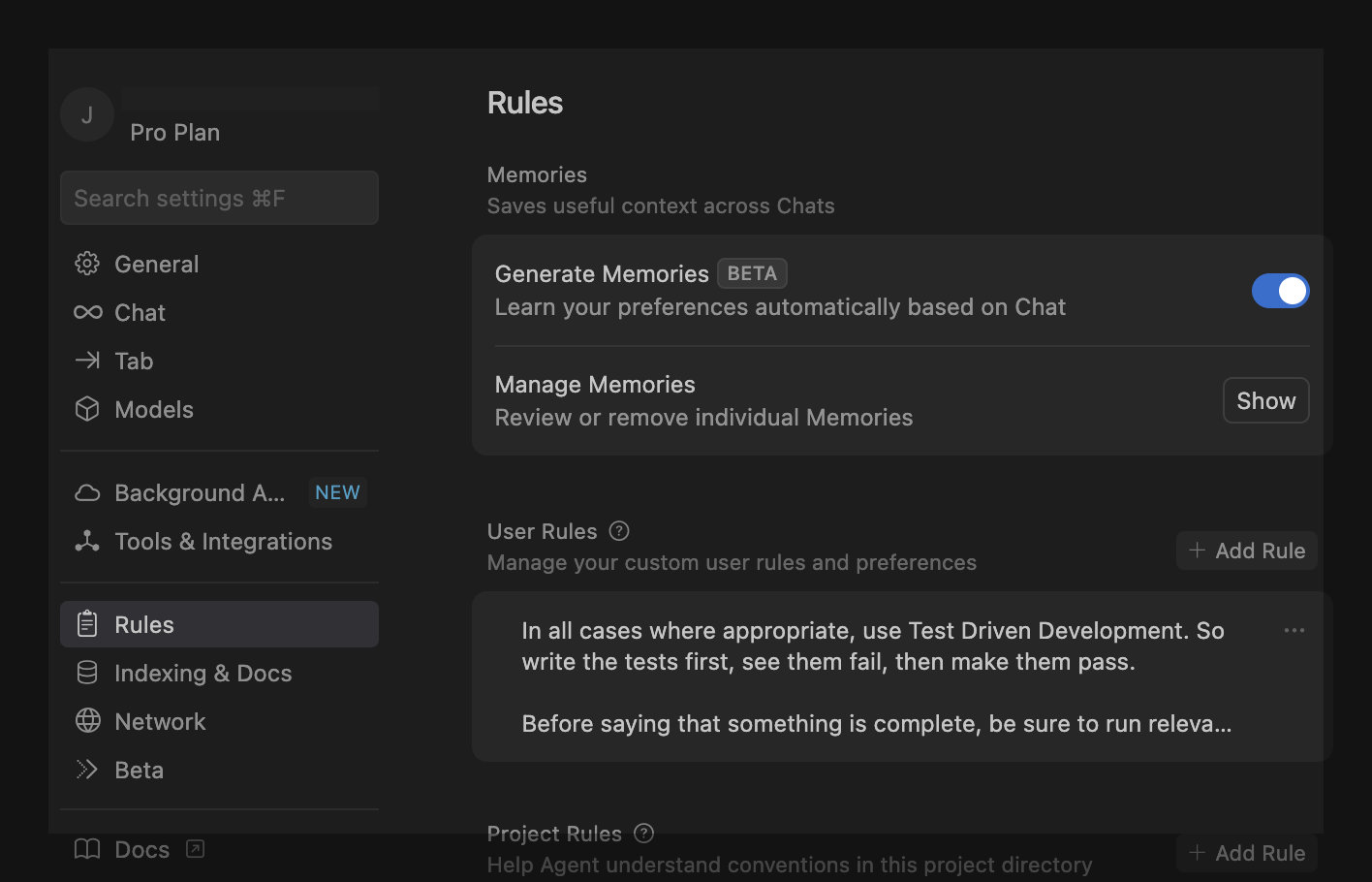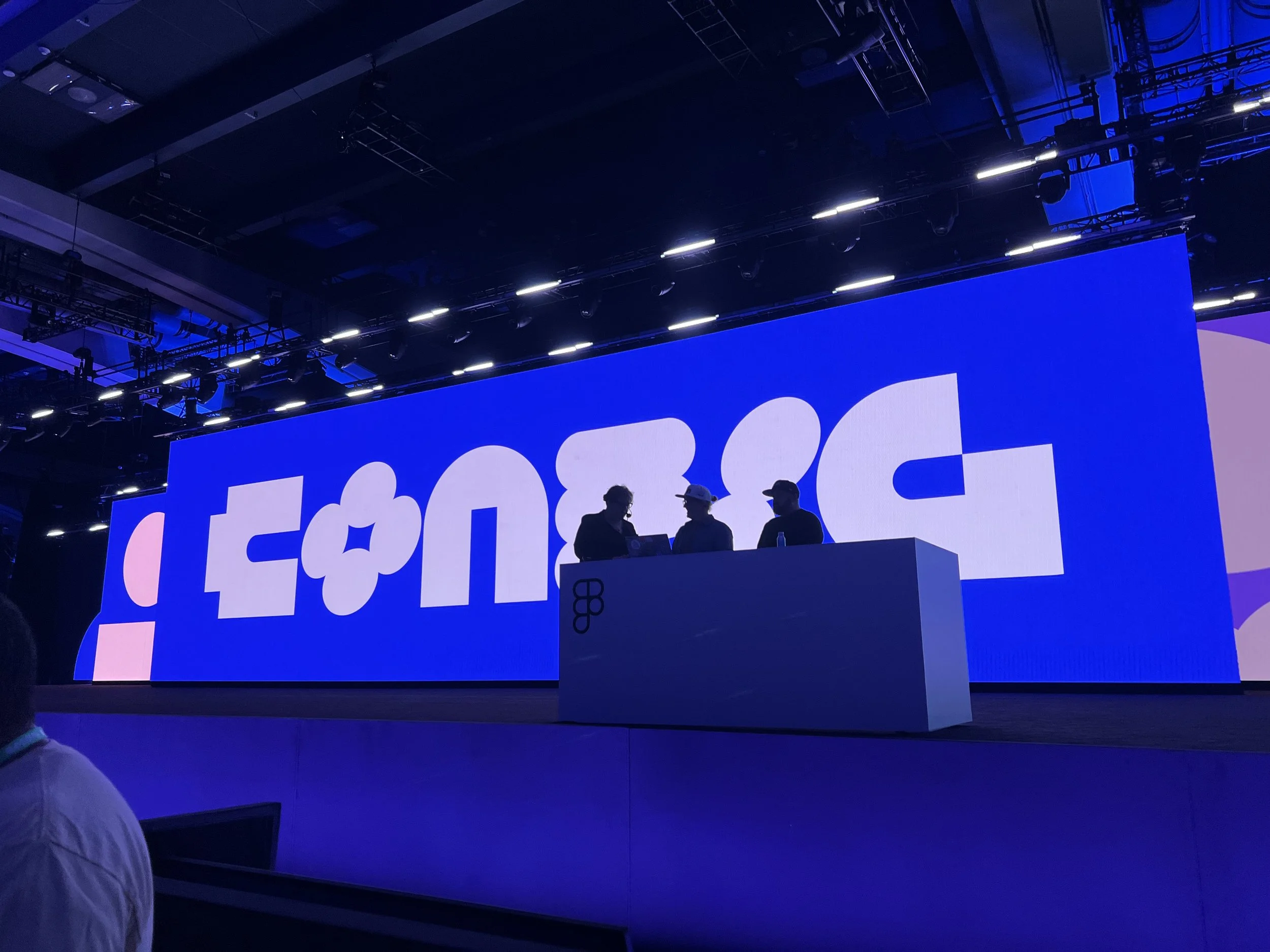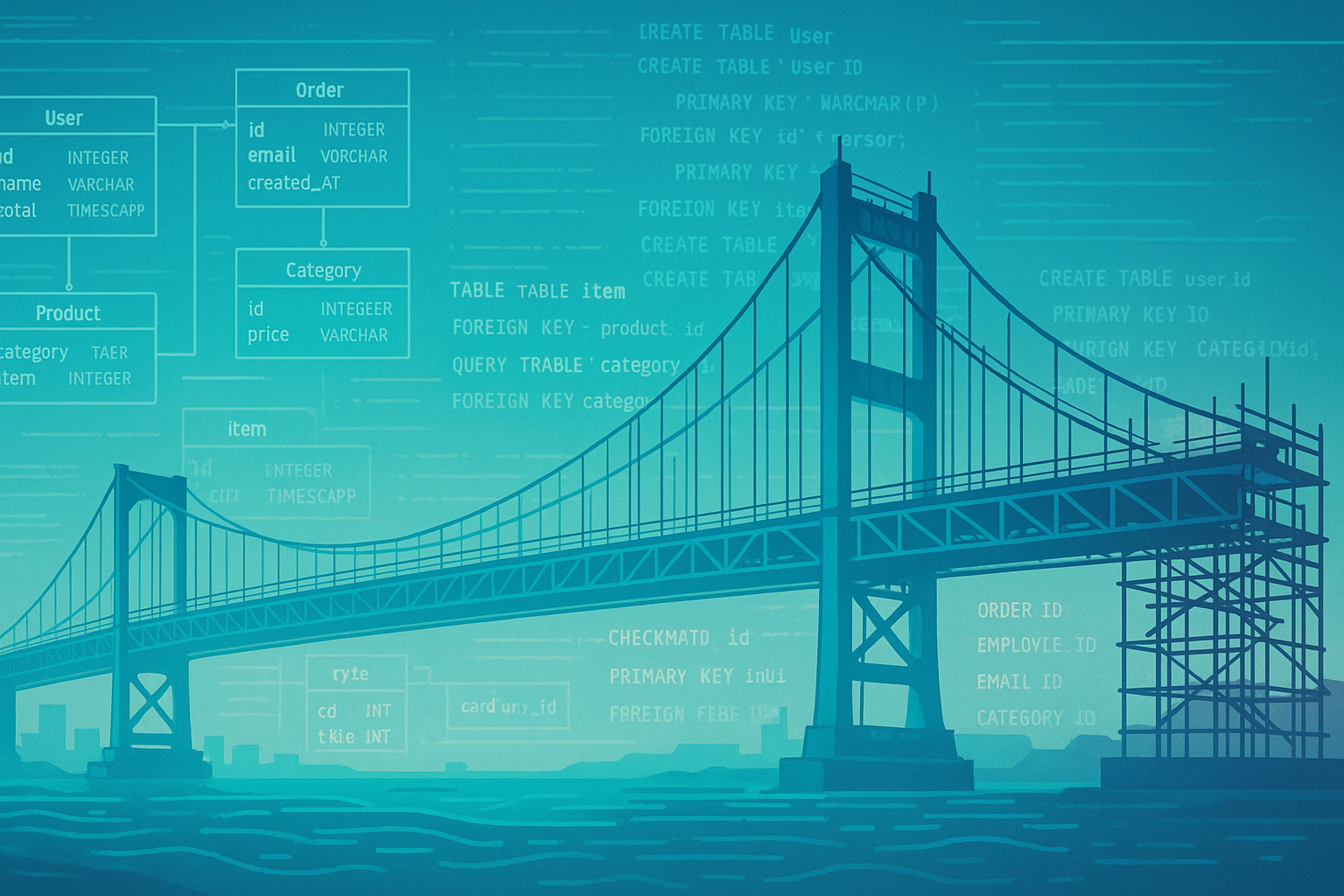What Consumer Tooling is Missing for LLMs
Large Language Models (LLMs) have taken the tech world by storm, promising revolutionary changes in how we interact with technology. While the models themselves are impressive, the real power lies in the tooling built around them. But as we explore the capabilities of LLMs, it’s becoming increasingly clear that certain consumer tooling is still missing. How this gap is filled is what will determine how accessible and powerful LLMs become for everyday users.
In this guide, we'll delve into the current landscape of LLM tooling, identify key areas where consumer-friendly tools are lacking, and discuss why these gaps need to be addressed to unlock the full potential of LLMs for everyone.
Understanding LLM Tooling
Before we dive into what’s missing, let’s define what we mean by LLM tooling. It refers to the software, platforms, and applications that make it easier for users to interact with and utilize LLMs. This includes everything from user interfaces and APIs to development frameworks and deployment tools.
Effective LLM tooling should:
Simplify Interaction: Make it easy for non-technical users to leverage the power of LLMs.
Enhance Functionality: Provide tools that extend the capabilities of LLMs beyond basic text generation.
Ensure Accessibility: Make LLMs accessible to a wider audience, regardless of technical skills or resources.
Current State of LLM Tooling
Currently, much of the focus has been on developing the LLMs themselves. While powerful APIs exist, consumer-friendly tools are still evolving. We see tools for developers, but what about the average user? What’s missing?
Key Gaps in Consumer LLM Tooling
Personalized LLM Experiences: Tools that allow users to easily customize and fine-tune LLMs for their specific needs are lacking. Consumers want personalized experiences, not just generic outputs.
Integration with Everyday Applications: Seamless integration with common applications like email, word processors, and social media is essential. Users should be able to leverage LLMs without switching between multiple platforms.
Data Privacy and Security: Tools that prioritize user data privacy and security are crucial. Consumers need assurance that their interactions with LLMs are private and secure.
Easy-to-Use Development Tools: While developer tools exist, more accessible platforms for creating custom LLM applications are needed. This would empower individuals to build their own solutions.
Looking Ahead
The future of LLMs depends on the development of robust and accessible tooling. We need tools that prioritize user experience, privacy, and customization. As these tools emerge, we can expect to see LLMs integrated into more aspects of our daily lives.
For example, tools like Wayfair’s AI shopping assistant or Swiggy’s neural search are making LLMs more intuitive for everyday users. Privacy-focused extensions like Rescriber help users protect personal data in prompts, while platforms like AMD’s Gaia enable local LLM use for greater security.
Ready to Explore the Future of LLM Tooling?
At Third Eye, we believe in the transformative power of LLMs and the importance of building accessible tools. We’re always exploring new ways to bridge the gap between cutting-edge technology and everyday users.
If you’re interested in discussing the future of LLM tooling or exploring how we can help bring your ideas to life, don’t hesitate to reach out. You can contact us at info@thirdeyetech.io.



